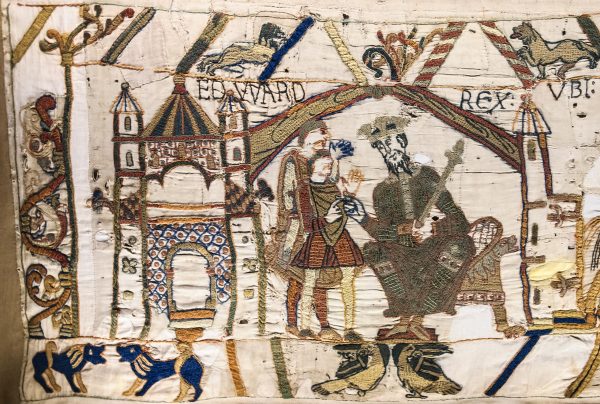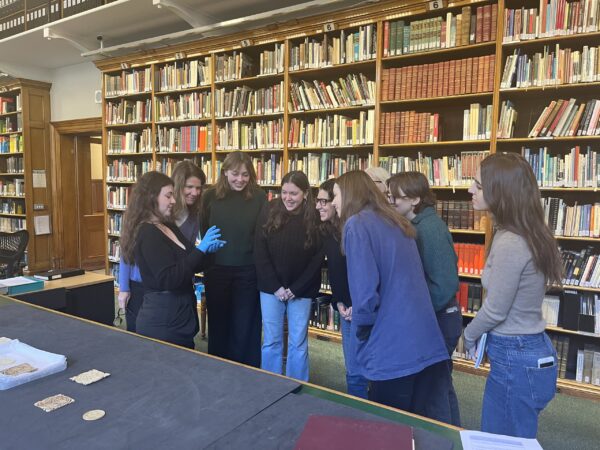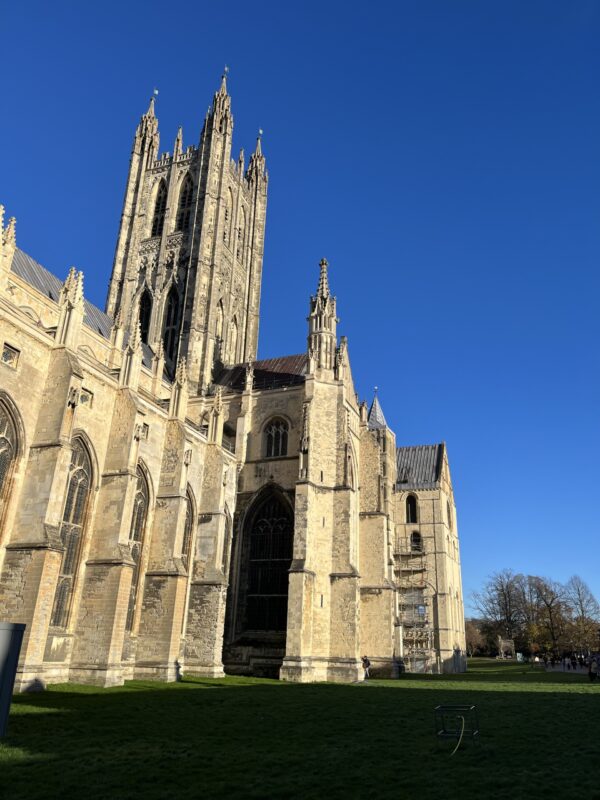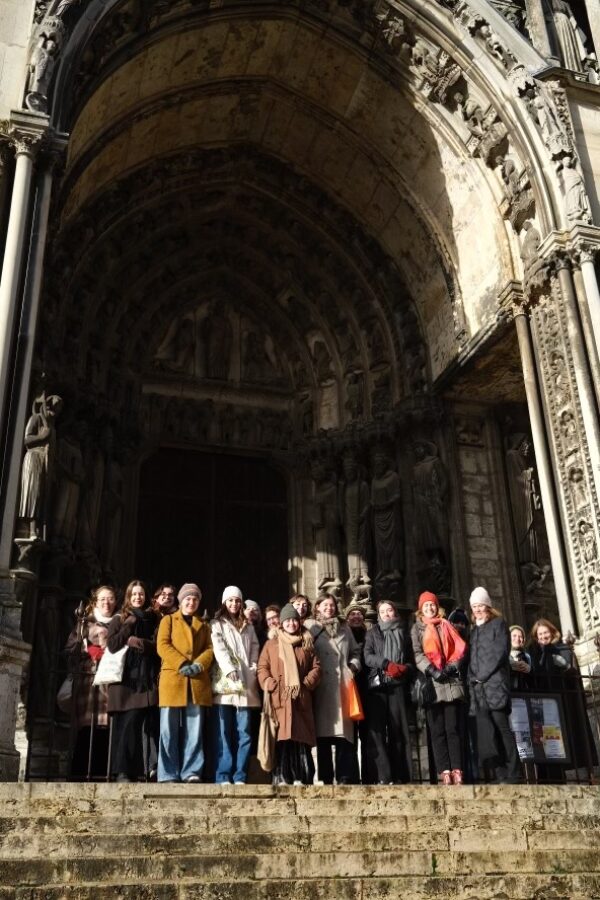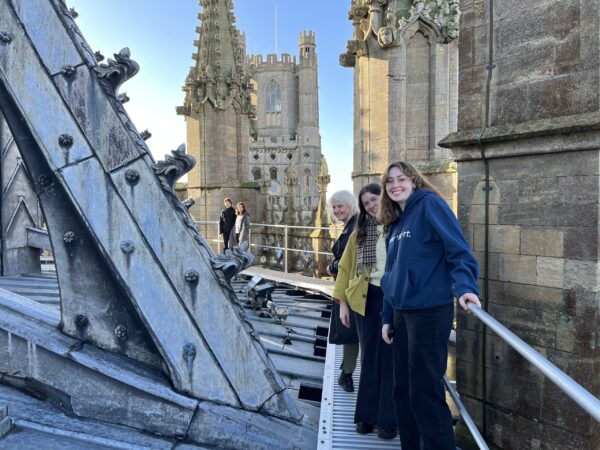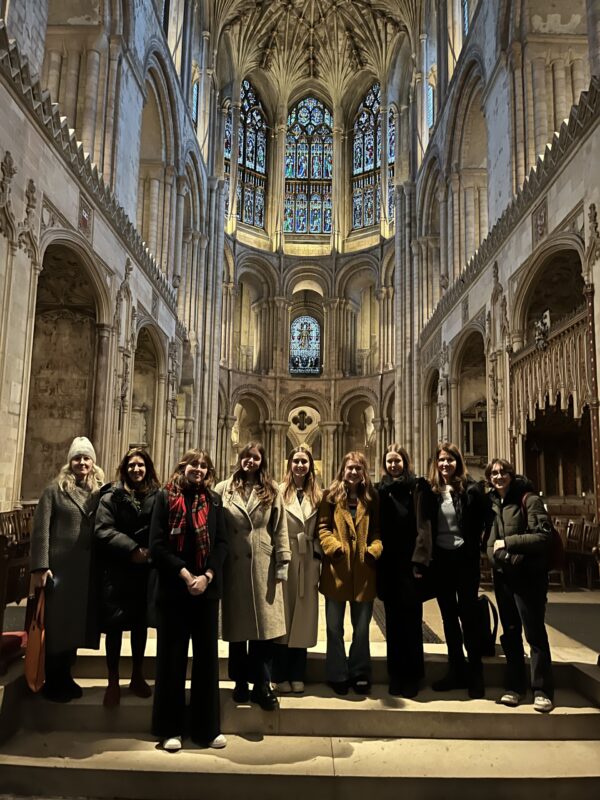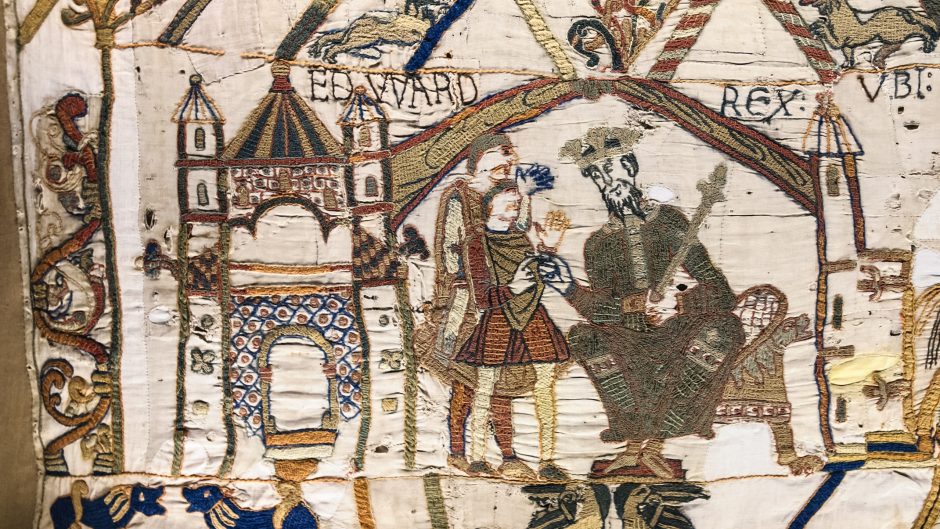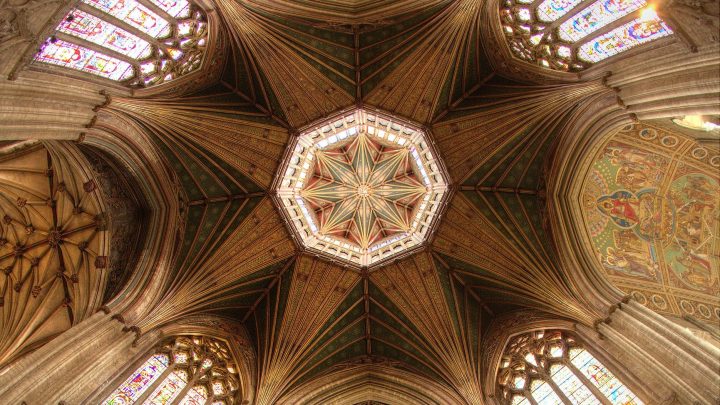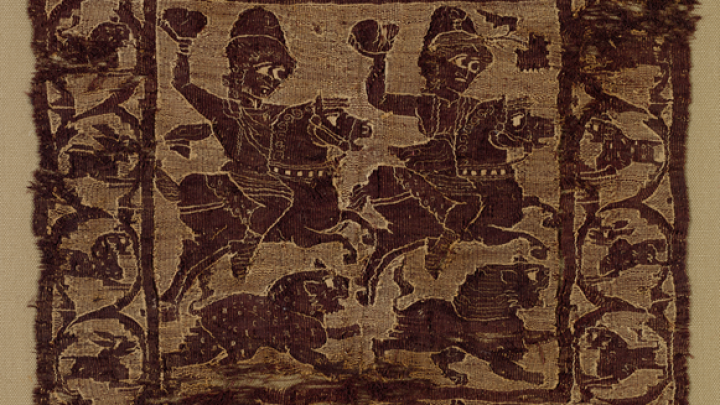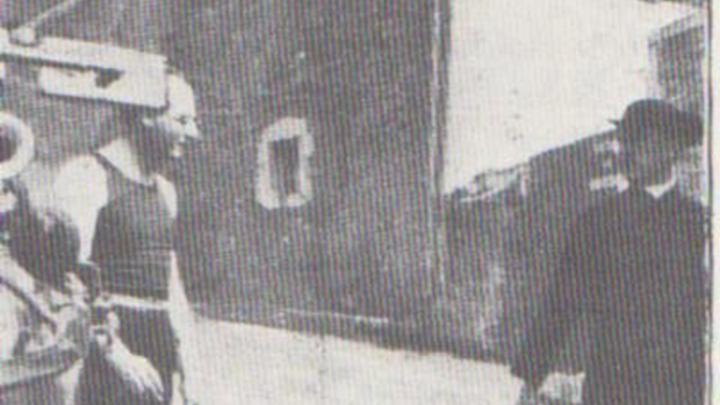How did images convey meaning and ideas in the Middle Ages? This Special Option explores the ideas that shaped medieval art, asking what can be learned about the relationship between the visual and the verbal via carefully-chosen case studies in a variety of media, with an emphasis on illuminated manuscripts. These medieval amalgams of text and image offer rich insights into the art of the High Middle Ages.
Artworks made in the period 1000-1300 emerged from one of the most significant periods in European history. Broadly chronological, this Special Option begins in the first semester with a focus upon late Anglo-Saxon art in England. We consider Word and Image relations in books through Giant Bibles, the Old English Hexateuch, Marvels of the East and the Psalter. We move on to consider Word and Image beyond the book when the victory of William the Conqueror was followed by a burst of church, castle and cathedral building, seen at Canterbury, Winchester, Ely and Durham. We will consider how buildings reflect the varied factors that determined their design and decoration, as well as the liturgical objects commissioned for use within. The second semester moves forward to consider art made in the shadow of the crusades. The fashion for maps, histories and richly illustrated picture books – the Apocalypse, Lives of the Saints – provokes fascinating questions about the primacy of image over text, and we conclude by considering how history is related in tapestry, maps and manuscript images. Here, the arrival of the Bayeux Tapestry in London will allow us to explore what this rich embroidery can reveal when viewed in person at the British Museum.
Each week, the production of art in this period will be considered in terms of detailed case studies of the works themselves, where possible through first-hand engagement with the original objects, allowing students to develop both visual and archival skills. We will explore the intellectual, theological, philosophical, social and historical ideas credited as the driving forces behind them. The Special Option encourages an inter-disciplinary approach to the study of medieval art, drawing on art history, literature and theology, and welcomes all students of medieval art, particularly those with an interest in manuscripts, and may appeal to those who have studied English literature and history.
We will visit exhibitions and galleries, churches and cathedrals, both in London and beyond, as well as a two-day study trip abroad supported by a travel grant. Weekly Latin classes (at Beginner and Intermediate levels) are offered.
Students will gain a thorough understanding of the art and architecture of Northern Europe in the period c. 1000-1300 and will develop sophisticated visual and literary skills by engagement with a substantial body of visual material and associated texts.
Course leader: Dr Teresa Lane
In the event that a course leader is on sabbatical, takes up a fellowship, or otherwise is not able to teach the course, they will be replaced by another experienced course leader either for a semester or, in some cases, the academic year.
